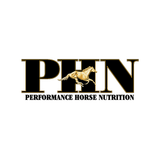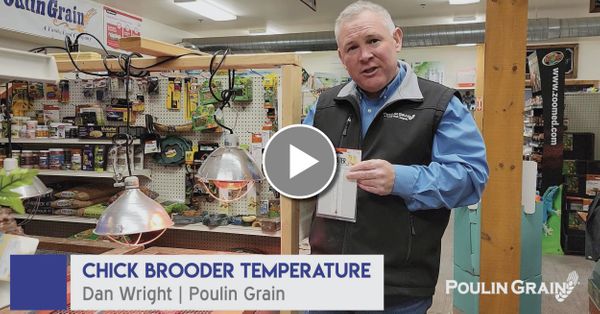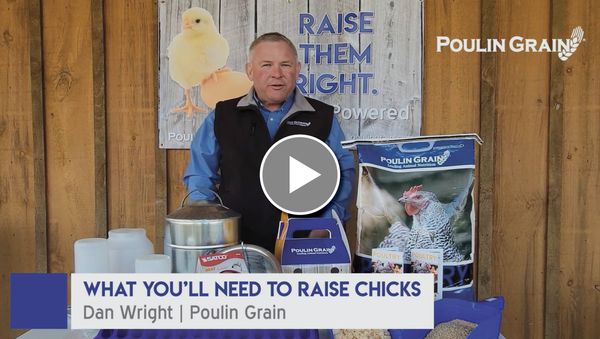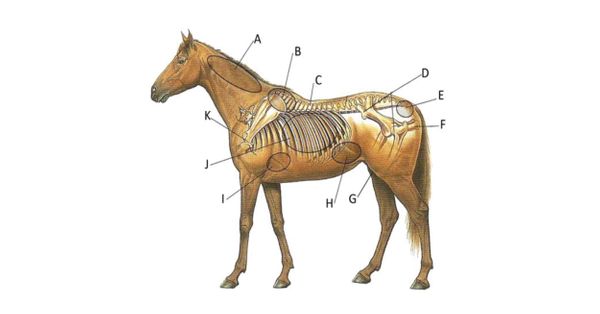Feeding for Coat Health
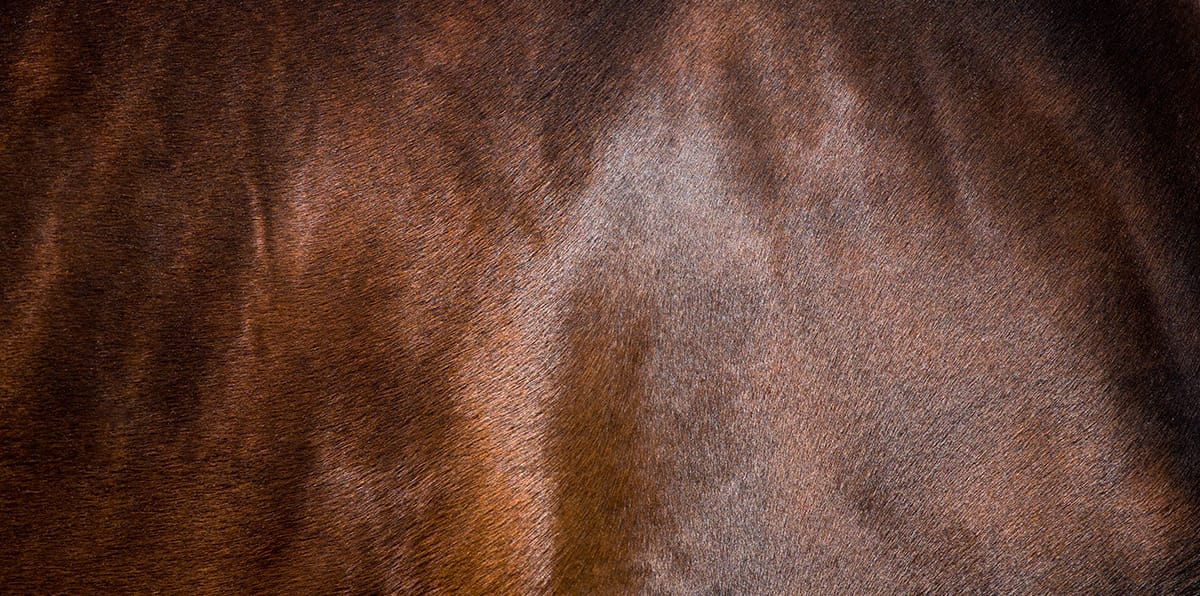
Everyone wants to see their horses with a sleek, glowing coat; the quality of a horse’s hair coat is directly related to his overall health. Providing the horse with plenty of roughage and a balanced diet along with an effective parasite control regime and sufficient exercise and grooming is imperative when striving for a healthy coat. Horse owners are frequently asking “what can I feed to darken my horses coat or make him shinier”? In order to answer this we must first understand the basics of hair structure and the genetics of coat color.
Hair structure
Hair is a filamentous biomaterial that grows from follicles found in the dermis layer of the skin. Hair is primarily composed of protein, notably keratin. Hair growth begins inside the hair follicle. The only "living" portion of the hair is found in the follicle. The hair that is visible is the hair shaft, which exhibits no biochemical activity and is considered "dead". The base of the root is called the bulb, which contains the cells that produce the hair shaft. Other structures of the hair follicle include the oil producing sebaceous gland which lubricates the hair and the arrector pili muscles, which are responsible for causing hairs to stand up.
Coat Color
There are many different coat colors possible, but all colors are produced by the action of only a few genes. The simplest genetic default color of all domesticated horses can be described as either "red" or "non-red", depending on whether a gene known as the "Extension" gene is present. When no other genes are active, a "red" horse is the color popularly known as a chestnut. Black coat color occurs when the Extension gene is present, but no other genes are acting on coat color. The Agouti gene can be recognized only in "non-red" horses; it determines whether black color is uniform, creating a black horse, or limited to the extremities of the body, creating a bay horse.
Chestnut, black, and bay are considered the three "base" colors that all remaining coat color genes act upon. There are a number of dilution genes that lighten these three colors in a variety of ways, sometimes affecting skin and eyes as well as hair coat, including cream, dun, pearl, champagne and silver dapple. The Palomino color for example, is created by a single allele of a dilution gene called the cream gene working on a "red" (chestnut) base coat.
Genes that affect the distribution of white and pigmented coat, skin and eye color create patterns such as roan, pinto, leopard, white, and even white markings. Some of these patterns may be the result of a single gene; others may be influenced by multiple alleles. Finally the grey gene, which acts differently from other coat color genes, slowly lightens any other hair coat color to white over a period of years, without changing skin or eye color.
Coat color alleles affect melanin, the pigment or coloring of the coat. There are two chemically distinct types of melanin: pheomelanin, which is perceived as red to yellow color, and eumelanin, is perceived as brown to black. All coloration genes in mammals affect either the production or distribution of these two chemicals. Alleles affecting melanocytes (pigment cells) do not alter the pigment chemicals themselves but rather by acting on the placement of pigment cells produce distinct patterns of unpigmented pink skin and corresponding white hair.
Sun Bleaching
Melanin is a pigment found in hair cells that gives each its color. The sun bleaches and destroys the melanin in hair making it lighter. Since hair is dead, the hair will stay that color until new hair comes in. The UV in sunlight oxidizes melanin into a colorless compound; this is why hair gets lighter. Keeping a thin sheet on your horse during the sunniest periods of the day may reduce bleaching of your horses’ hair coat.
Nutrition and Coat Health
Firstly is should be noted that the coat color of a horse cannot be changed, unless it is chemically dyed or bleached by the sun, and for any nutrients to have an effect on the integrity of the hair, it has to be implemented prior to the new coat starting to grow in.
With that being said there are several nutrients that are known to be involved in the synthesis of the protein found in hair. Copper, Zinc, biotin, fatty acids and protein (specifically the amino acid methionine) are necessary for hair growth and structure. Copper and zinc are required for the manufacture of the melanocytes that give bays, blacks and chestnuts their color. Biotin is one of the B group vitamins. Most people have heard about using biotin to improve hoof quality, but this also applies to the coat. Insufficient biotin can lead to thin and brittle hair. Hair is primarily composed of protein once the water is removed. Insufficient protein intake can result in coats that do not lie smoothly, as well as brittle, slow growing coats. Adding fat to the diet such as EQUI-PRO® Calorie-Plus will supply essential fatty acids that are required by the hair follicle to lubricate the hair which gives it a shiny appearance. When hair is newly grown the hair shaft has a good coating of oil (sebum), which gives a high refractive index. This means light is captured and reflected inside the shaft giving the hairs a darker and shinier appearance. As the hair ages, the natural oils wear off. By feeding a higher fat diet there is more oil available to coat the hairs resulting in a shinier, darker coat for longer.
Management and Coat Health
Exercise improves the delivery of blood, and therefore oxygen and nutrients, to the skin. In time, the number of blood vessels and density of the capillaries supplying the skin actually increases so that nutrient flow is improved even when the horse isn't exercising. Exercise is also beneficial by stimulating the flow of sweat and sebum. Sebum is the oily material secreted from the hair follicles that helps give the hair its shine, and forms a protective layer over the skin preventing excess moisture, loss, and drying.
Deworming your horse is also important to coat quality as parasites can rob the body of nutrients, and hair and skin are often the first areas to show it. Also groom your horse regularly as brushing will remove dirt, dead hair and dead skin. It will also stimulate blood flow to the hair follicles and feed new hair growth.
Additional Supplements
The amino acid tyrosine is included in some coat products, primarily those designed for dark-coated horses. The rationale behind this is that tyrosine is the amino acid used to manufacture the pigment melanin. However, while the amounts used aren't harmful, there's no research to suggest that supplementing it is helpful either.
Paprika is the primary active ingredient added to most coat color enhancing supplements. Paprika is a spice made from ground, dried fruits of Capsicum annuum. Paprika contains many health related compounds such as Vitamin A, Vitamin C and Vitamin E. The lighter Hungarian variety of paprika also contains high concentrations of copper flavonoids. As copper is required for the manufacture of melanocytes that give bays, blacks and chestnuts their color, this is possibly why paprika maybe beneficial to coat color enhancement. HOWEVER, paprika has been shown to exacerbate gastric ulcers with overuse. Excess copper intake can also interfere with the absorption of selenium. Paprika also contains capsaicin which is an FEI banned substance and will result in positive drug tests. Capsaicin is thought to have pain relieving properties and may cause hypersensitivity to touch in horses.
EQUI-PRO® Calorie-Plus is a dry fat supplement designed to support healthy skin and coat development. Pound for pound, EQUI-PRO® Calorie-Plus provides better economic value than any other fat source!
Features of EQUI-PRO® Calorie-Plus:
- Does not conflict with fortified feeds
- Does not contain sugar or starch
- Safe and economical
- Is easy to feed, not messy like oils
- Contains 2-3 times more calories than cereal grains
- Contains 5 times more calories than rice bran or beet pulp
- Is highly palatable
Contact your Poulin Grain Feed Specialist to test your hay quality and build a personalized diet for your horse.
www.PoulinGrain.com | 800.334.6731

